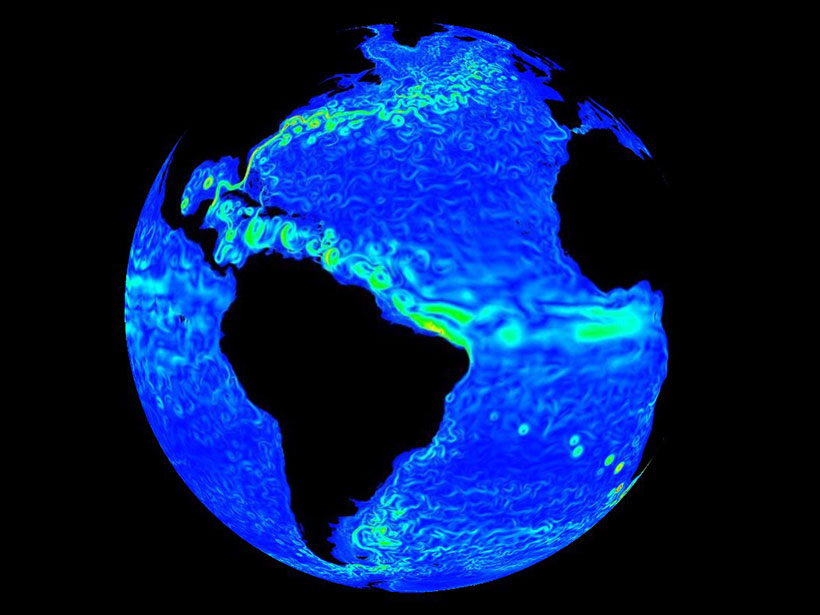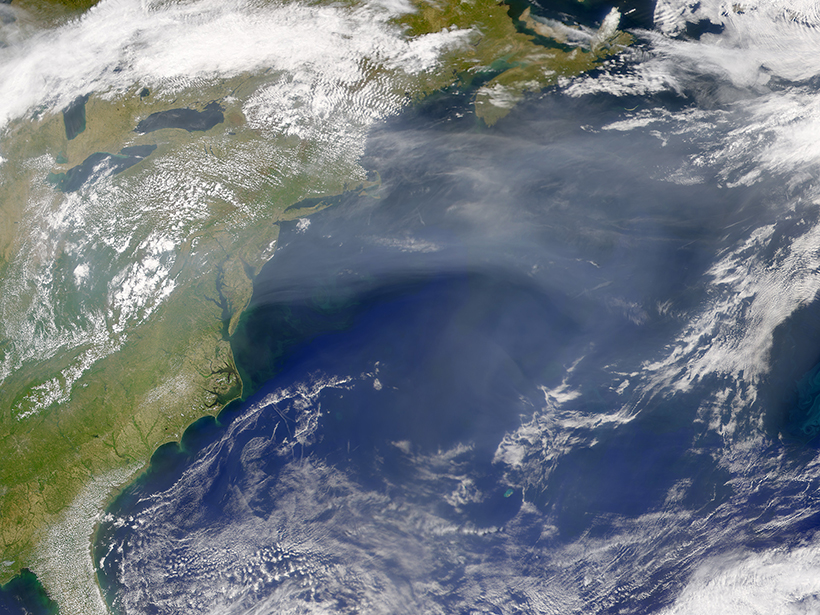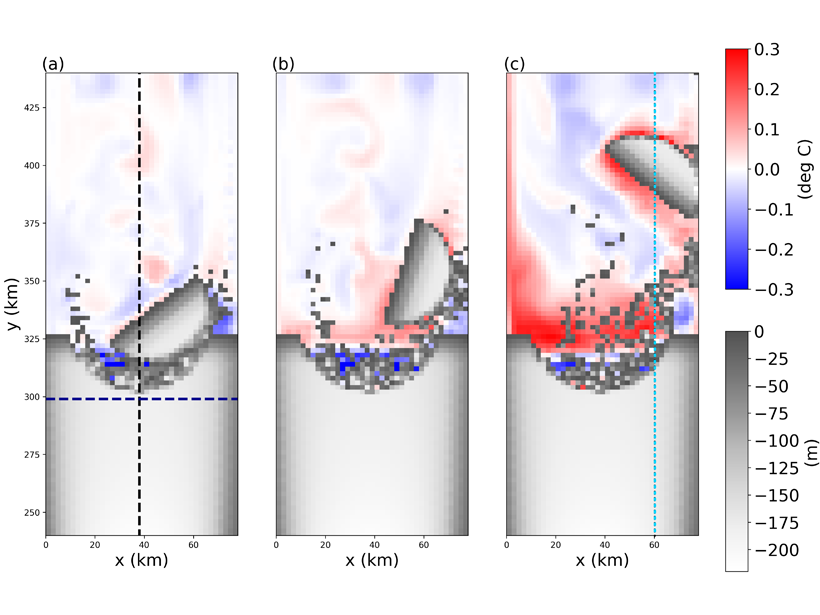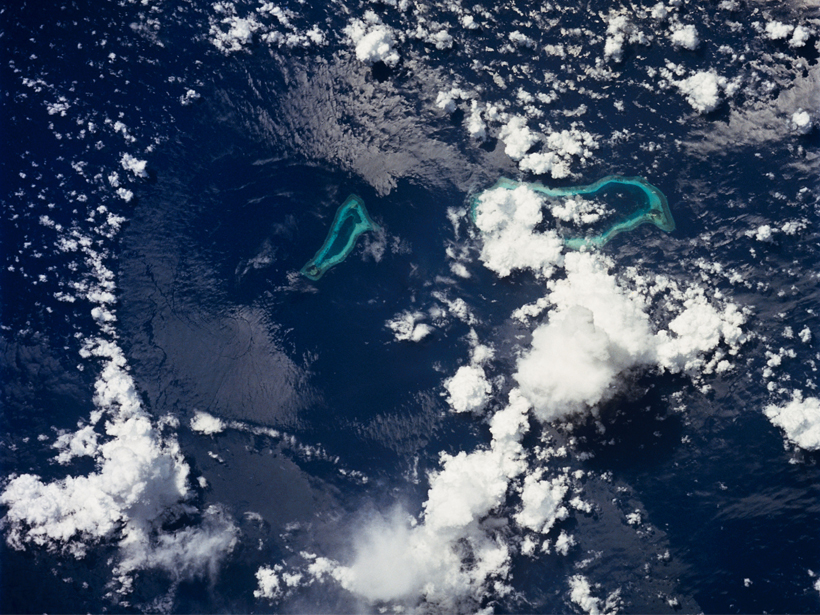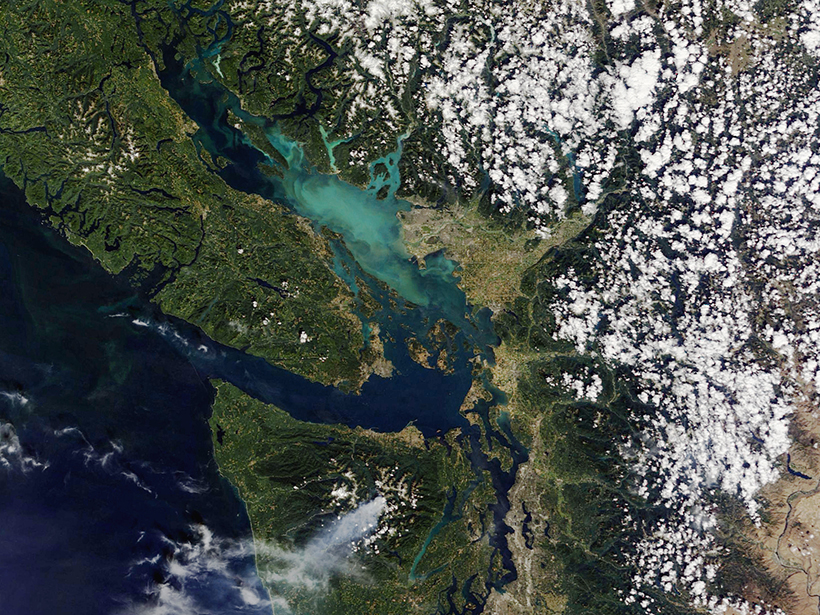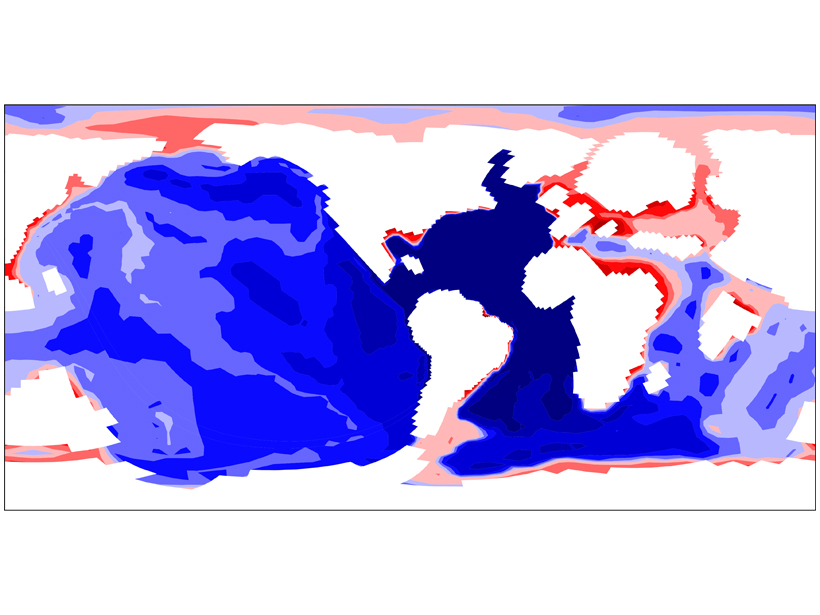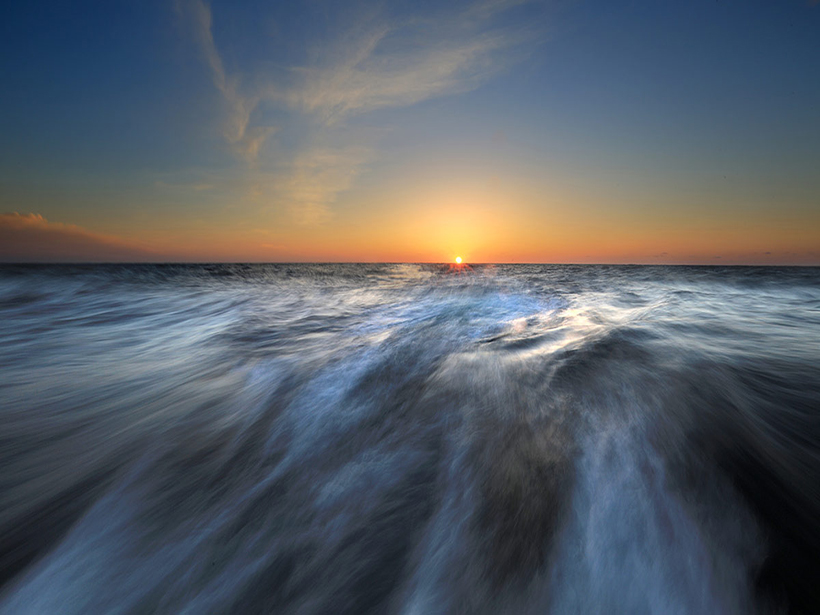Ocean eddies spin round and round, but not in a perfect circle.
currents
Demystifying Sea Level Changes Along the New England Coast
No direct causal connection exists between coastal sea level changes and the strength of the North Atlantic’s overturning circulation, according to new, longer-term observational records.
Arctic Glacial Retreat Alters Downstream Fjord Currents
High-resolution mapping efforts could improve predictions of coastal changes as glaciers shrink around the world.
Creating Icebergs in Ocean Models Coupled to Ice Shelves
Modeling icebergs as Lagrangian elements held together by numerical bonds provides insights into coupled exchanges of heat, freshwater, and momentum between large icebergs and the ocean.
Pacific Carbon Uptake Accelerating Faster Than Expected
A new study suggests that shifting ocean currents drive faster carbon dioxide uptake.
Shifting Winds Drive Ocean Temps Along South African Coast
A new study could help manage sardine populations in coastal waters.
Mud on the Move
Powerful submarine flows known as turbidity currents are starting to give up their secrets.
Untangling a Web of Interactions Where Surf Meets Coastal Ocean
In 2017, an ocean research team launched an unprecedented effort to understand what drives ocean currents in the overlap regions between surf zones and continental shelves.
Explaining Ocean Acidification Patterns During Ancient Warming
Asymmetrical changes in ocean circulation and the marine carbon cycle could account for different degrees of ocean acidification between the Pacific and Atlantic.
Numerical Models Overestimate Near-Inertial Wind Power Input
The first study to estimate the global wind power on internal gravity waves based solely on observations offers a new benchmark for comparing future calculations.

